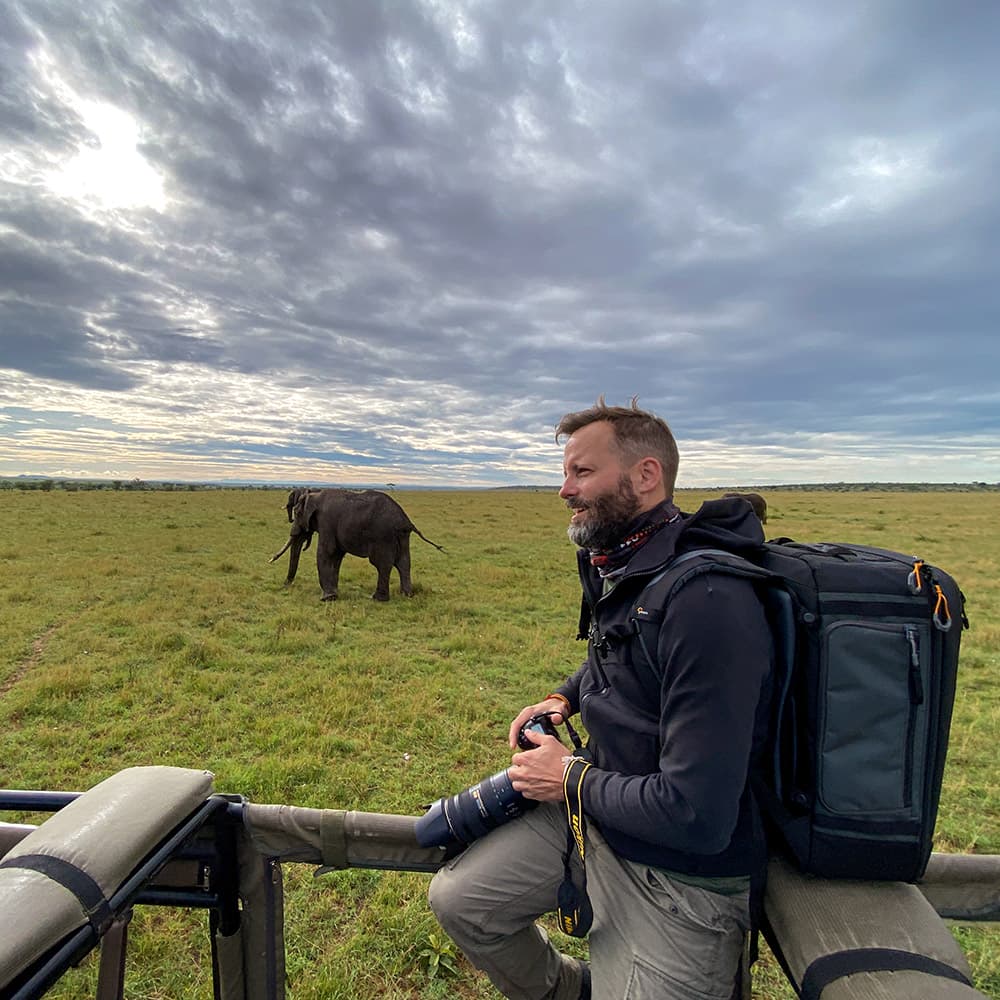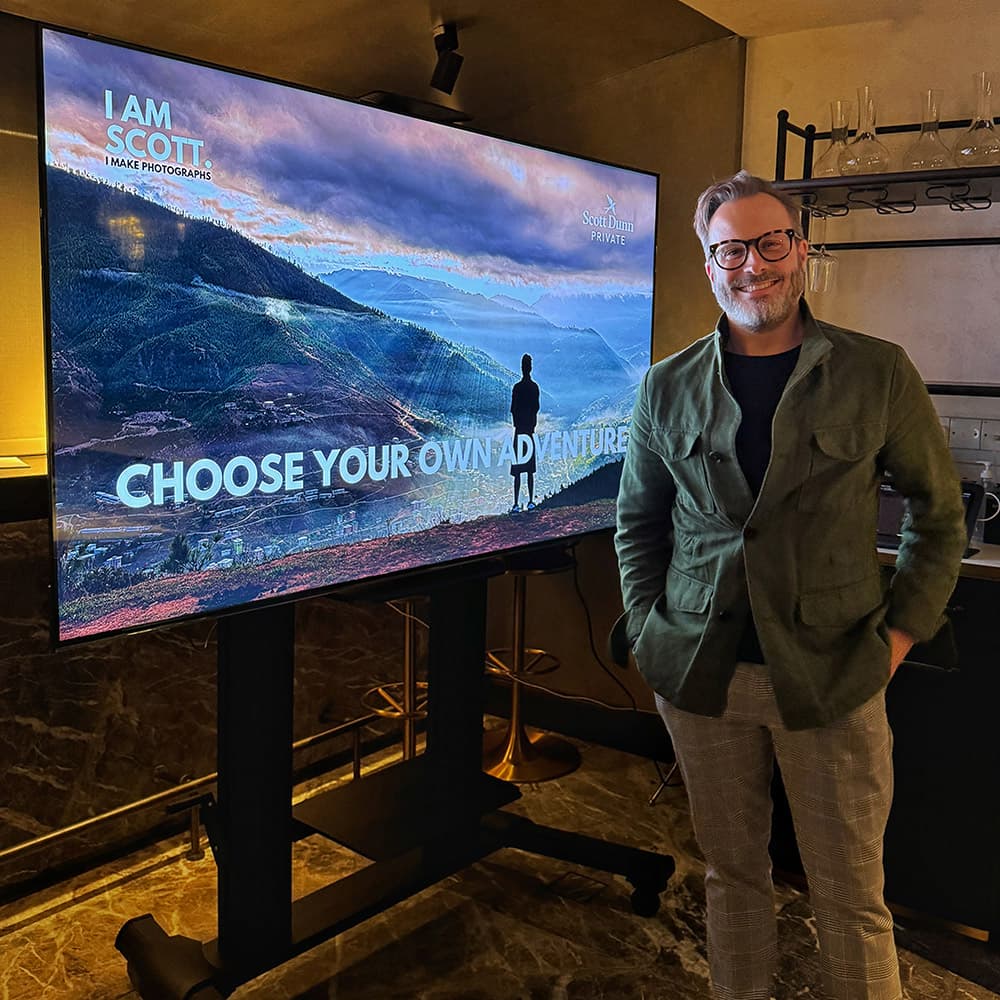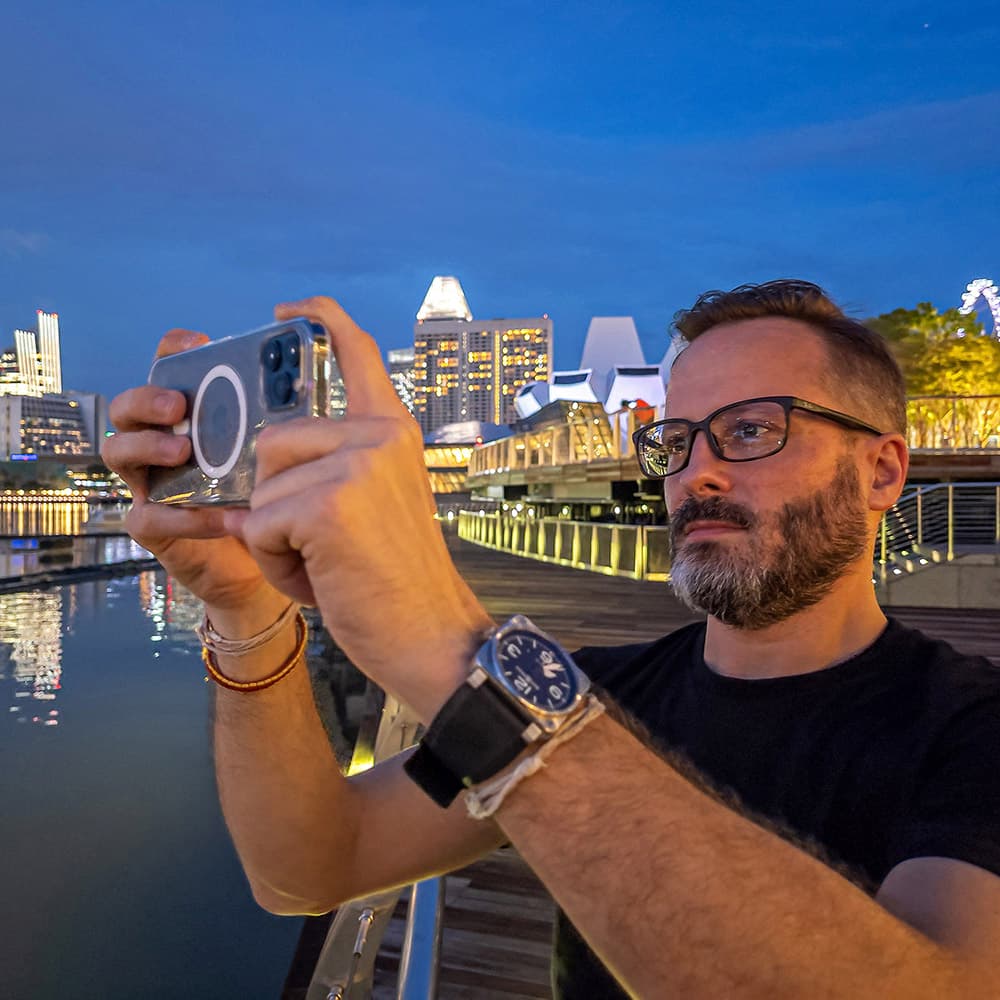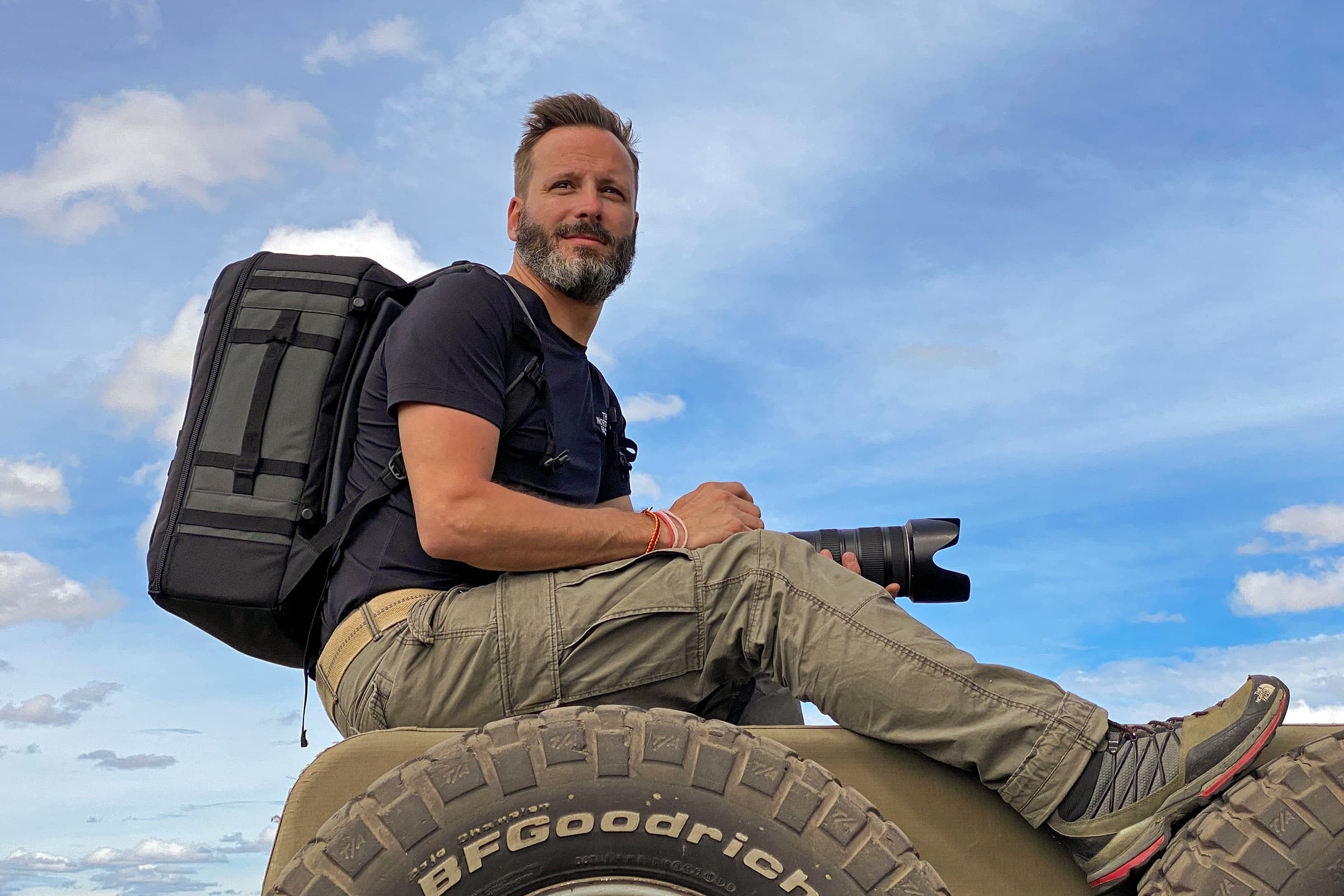
PROFILE
HOW DID YOU GET STARTED IN PHOTOGRAPHY?
I grew up in the small community of Fonthill, Ontario, Canada and it was my father who taught me about photography when I was a young boy: how to operate a manual camera, creatively interpret light and imaginatively compose a scene. But more importantly, my dad instilled in me a sense of curiosity and adventure; these are the traits that I believe truly make me a photographer. What surprises lot of people, however, is that I didn’t always make a living from my photography. I have an Economics degree and after graduating from university, I worked for nearly a decade in marketing roles for companies like Coca-Cola and American Express; in fact, it was these career opportunities that brought me to live in Singapore in the mid-1990s. Although these were excellent companies to work for, I was personally unfulfilled; I was hungry for more creativity and adventure in my life. So, when the Asian Tsunami occurred on December 26, 2004 — which coincidentally was also my 30th birthday — I decided to take a leap of faith and leave the corporate world to pursue my passion for photography. Ultimately, I made the decision not to measure my wealth by the size of my bank account, and instead measure it by the richness of my experiences. It’s been almost 20 years now that I’ve been making a living from my visual storytelling and I’ve not looked back yet!!
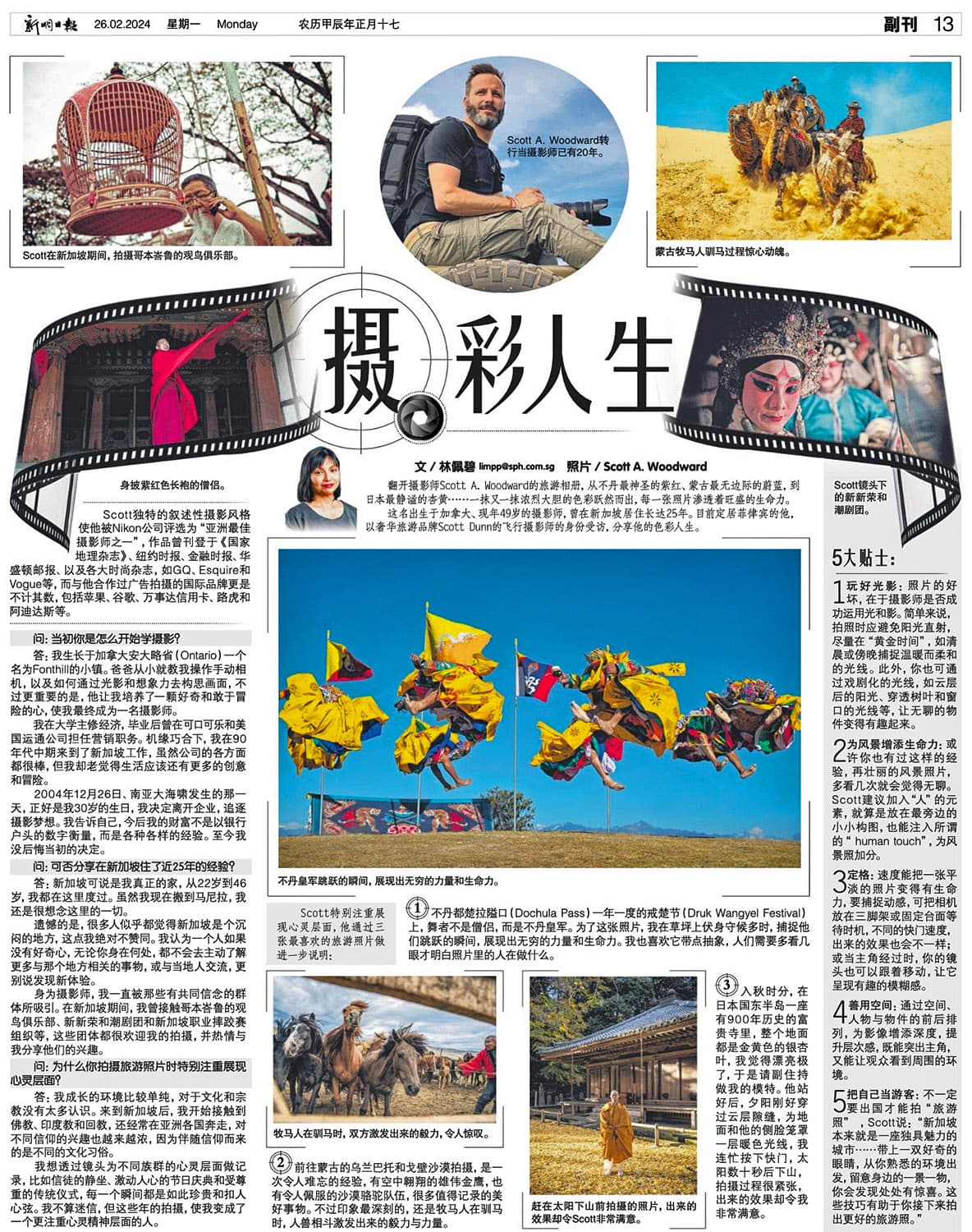
CAN YOU SHARE YOUR EXPERIENCE OF LIVING IN SINGAPORE FOR 25 YEARS?
Singapore was truly my home; I spent my entire adult life living there — from the ages of 22 to 46 — and I loved it very much. And although I’ve moved on and now live in Manila, Philippines, I still miss Singapore very much. Unfortunately, to people who haven’t spent a lot of time in Singapore, there is a feeling that it is a “boring” place to live; I couldn’t disagree more. Like anywhere in the world, if you’re not curious, you’re not going to come across engaging people or discover unique experiences. As a photographer, I have always been drawn to “tribes” – groups of like-minded people who share a common passion – and documenting this. In the case of Singapore, I can think of three such tribes that I spent time with and photographed: the Kebun Baru Birdsinging Club, the Xin Xin Rong He Teochew Opera troupe and the Singapore Pro Wrestling league. All of these groups welcomed me into their circles, shared themselves and their interests with me and allowed me to make their pictures.
SPIRITUALITY IS AN ELEMENT YOU FOCUS ON OFTEN IN YOUR WORK. WHEN AND WHY DID YOU START TO HAVE THIS FOCUS?
I spent my formative years in small town Canada in the 1980s and 1990s, and as a child and young man I didn’t have much experience with different cultures or religions. When I moved to Singapore and was exposed to Buddhism, Hinduism and Islam — and then was able to travel to different countries within our region — I became increasingly curious about these varied faiths and their associated beliefs and customs. I suppose it was only natural that I would find myself exploring them further with my camera. I continue to love documenting various facets associated with spirituality: quiet observances, dramatic celebrations, glorious festivals and honoured traditions. I find these moments delicate and joyous and extremely compelling. I would never describe myself as a religious person — but I have certainly become a spiritual one.
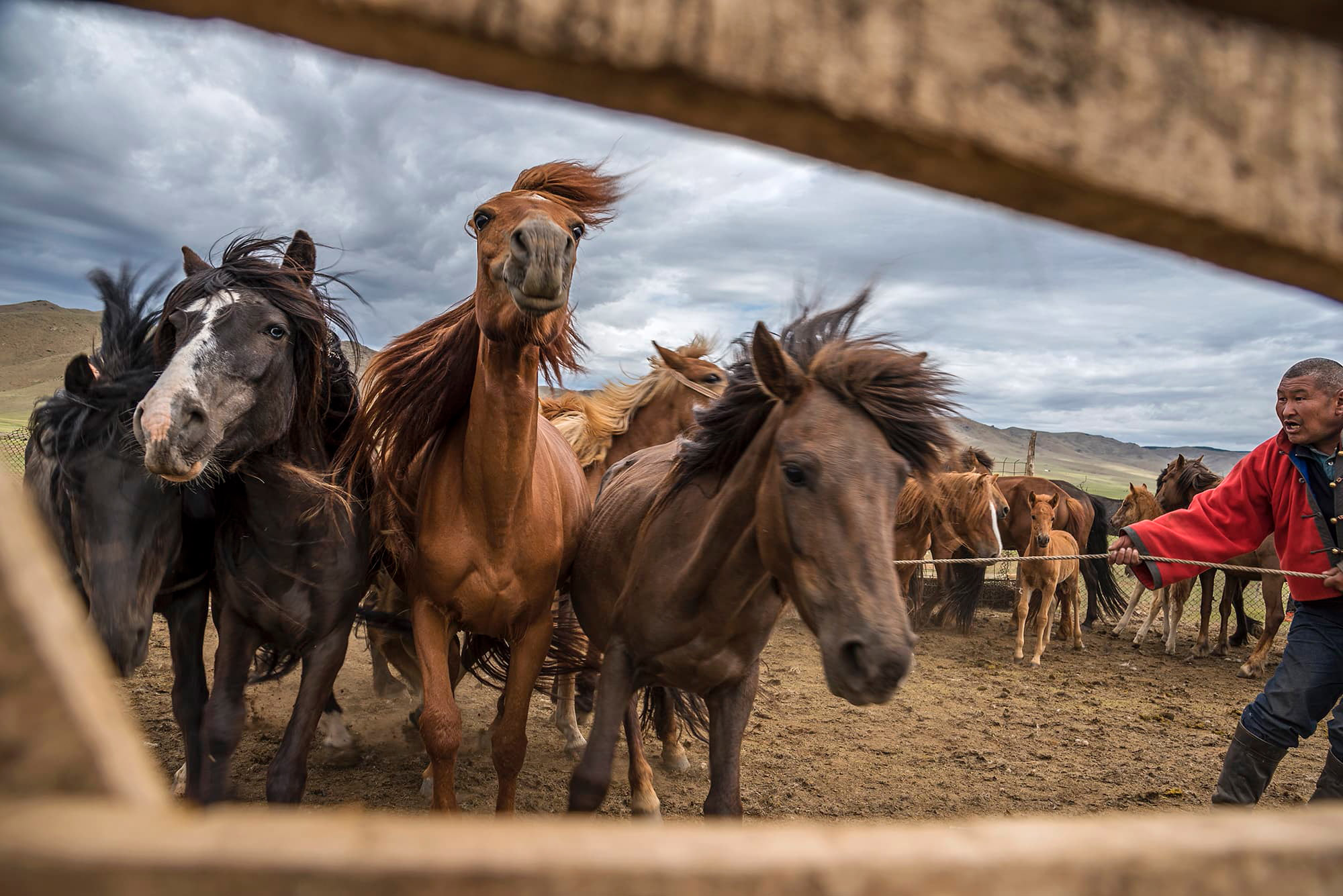
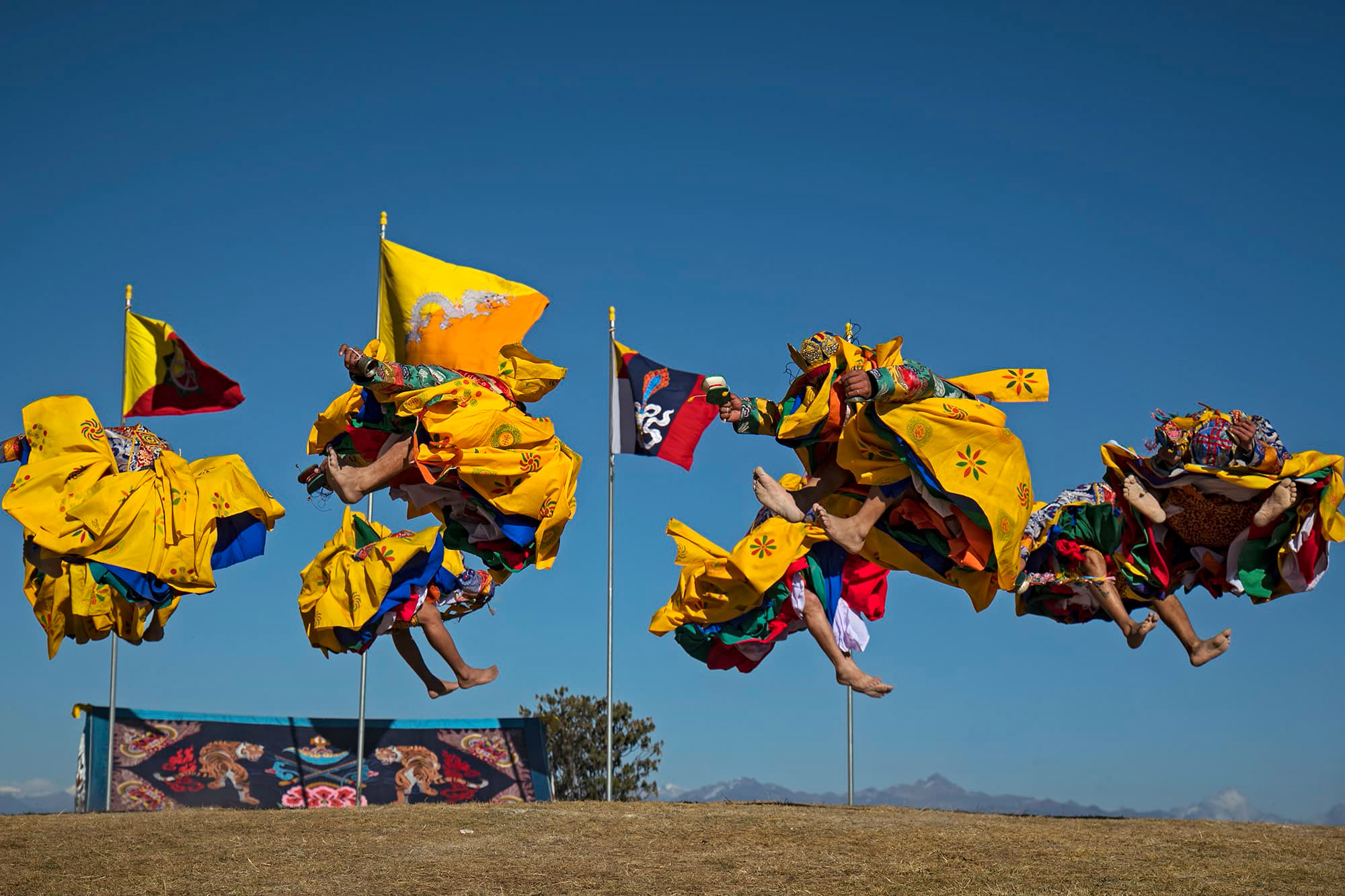
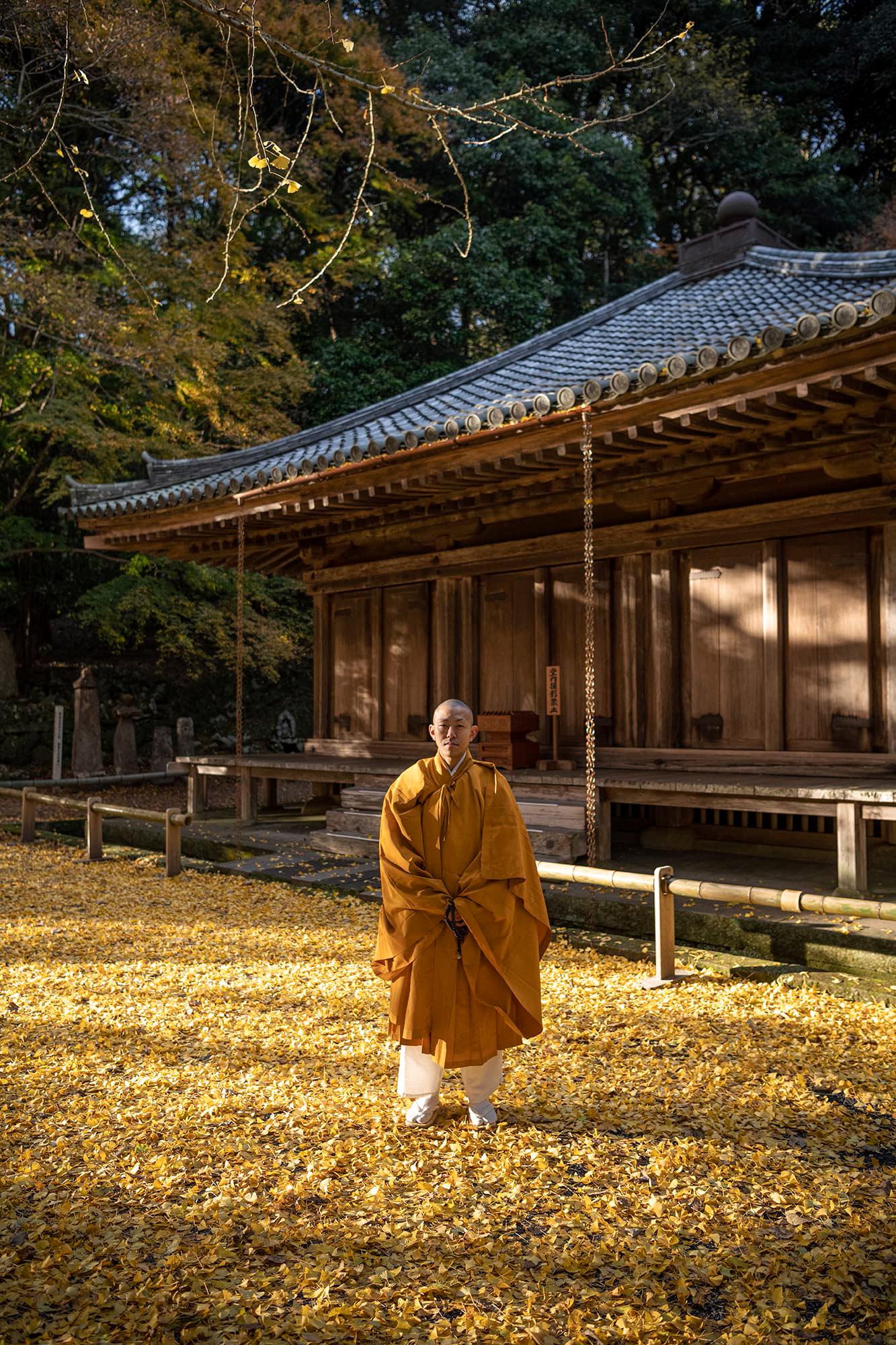
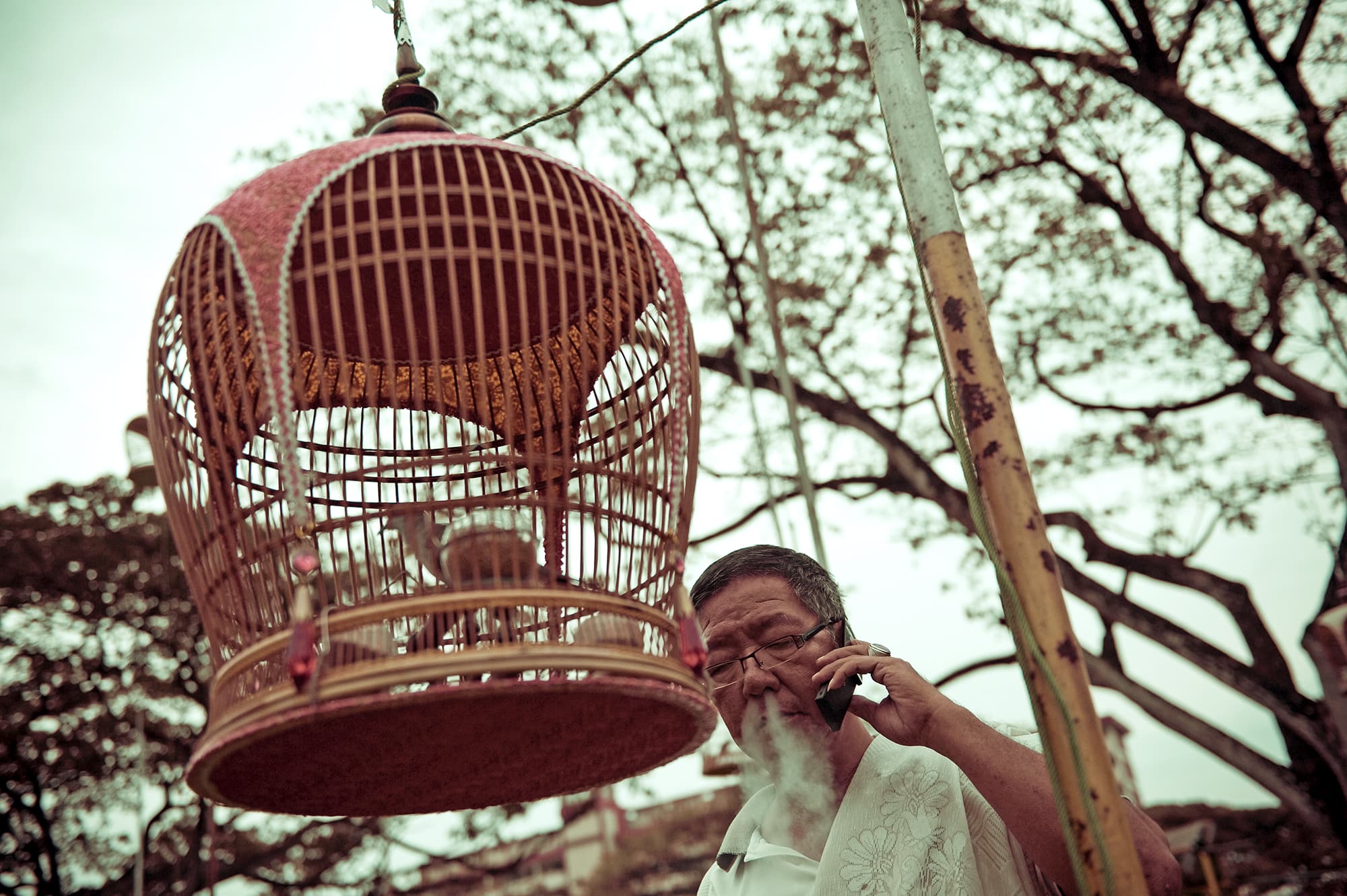
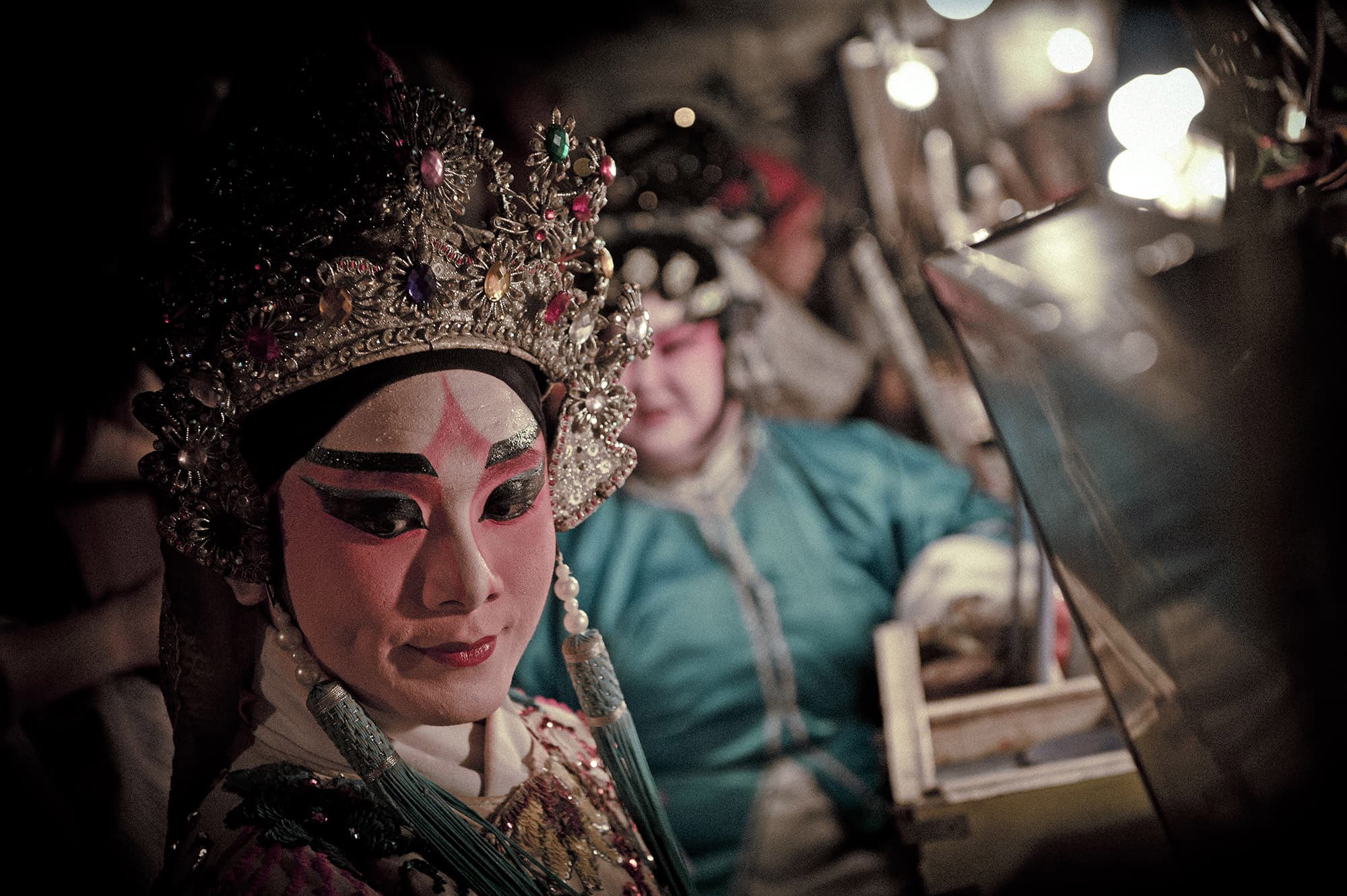
PLEASE SHARE 5 TIPS FOR OUR READERS ON HOW TO TAKE GREAT PHOTOS.
1. BE A TOURIST IN YOUR OWN CITY – People don’t necessarily have to travel to make “travel photography”. Singapore is an exotic destination to someone who lives in Cape Town, just as Cape Town is an exotic destination to someone who lives in Singapore. There are fascinating places, characters and stories everywhere – even in our own backyards. Explore your familiar surroundings with a keen eye and you will find wonderful photographic opportunities. And practice and experimentation will help you be better prepared when you do finally go on a big adventure.
3. SPACES & PLACES – I try to make my locations as much a character in my story as my subjects. Using these spaces and the items contained therein, I look to add depth to my images, specifically "stacking" my frame with things/people in the foreground and shooting with shallow depths-of-field while focused on the subject to give the image multiple layers. This allows the subject of each photograph to stand out, while still placing them in context for the viewer.
4. ADD LIFE TO LANDSCAPES – Beautiful landscape shots can be breathtaking, but if you’ve ever been subjected to a friend of family member’s holiday snaps, you know how dull they can become after you’ve looked at dozens of them in a row. To make more interesting landscape photographs, try adding people to your compositions. Even if they occupy just a little bit of space within your frame, a human touch (no matter how small) helps to make a more powerful photograph: it gives scale to the image, offers perspective and adds drama.
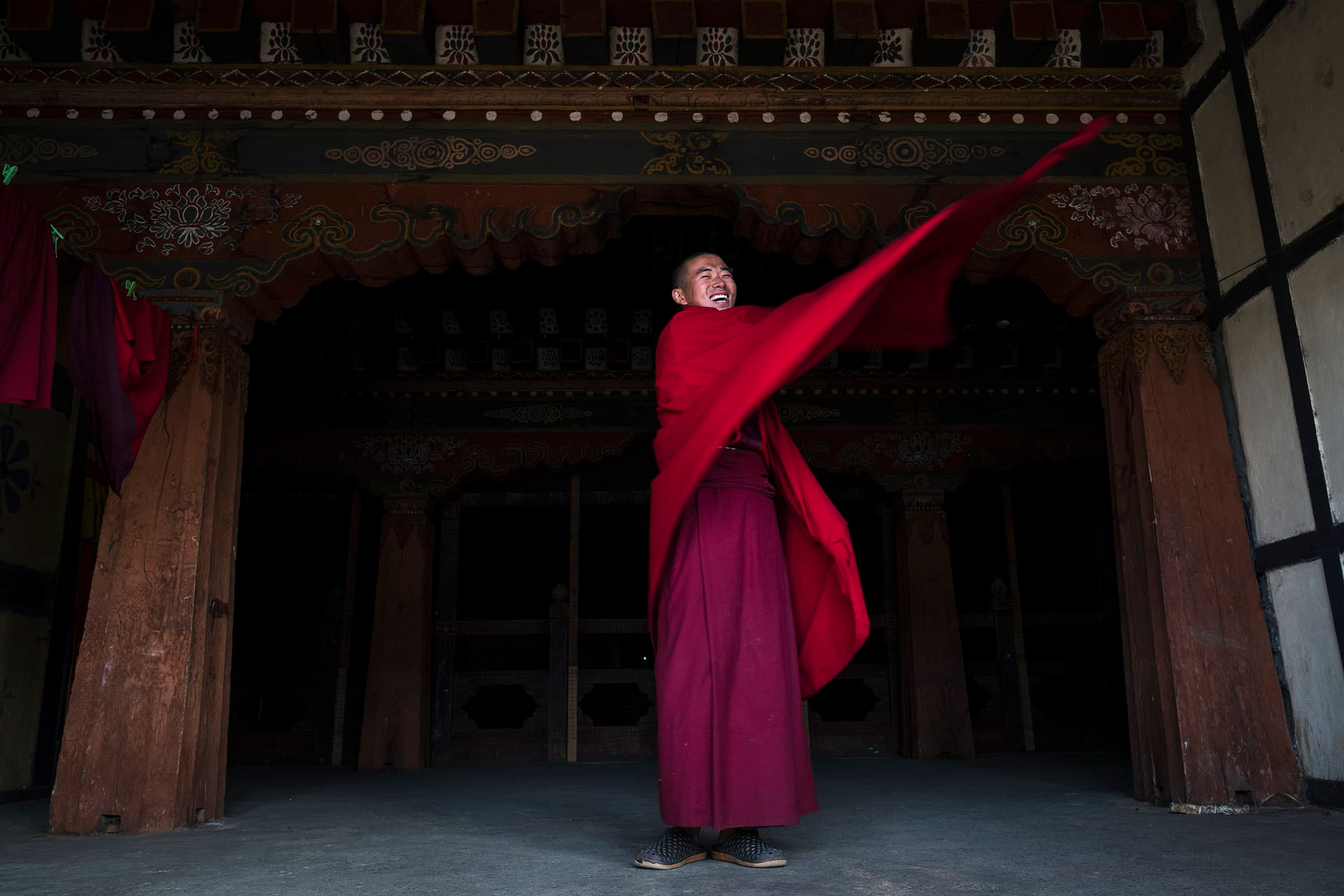
5. FREEZE FRAME – Capturing motion in pictures is something many people associate with sports imagery. However, it is a technique that is equally as dramatic in travel and documentary photography. Illustrating movement can be a powerful expression of energy or speed and help bring a static image to life. To capture motion, secure your camera on a tripod (or even a sturdy table or ledge). Or track your subject by panning the camera while they move past your lens to make interesting “blurs” in your imagery. Experiment with various shutter speeds (long, fast) in various situations to communicate energy in your photography.
2. PLAY WITH LIGHT – The most critical ingredient in all great photographs is the lighting. The best images always make interesting and powerful use of light. But try to avoid direct sunlight. The angle of the sun significantly affects the warmth, contrast and texture of a photograph. As often as possible, shoot in the warm “golden hours” of early morning and late afternoon (one hour after sunrise and one to two hours before sunset) when the sun is low and the light is soft and yellow/orange. Dramatic light can make even the most mundane subjects appear outstanding, so also be on the lookout for beams of light peeking through clouds, filtering through trees or shining through windows. Make use of long shadows cast during the golden hours, and try to use backlighting to silhouette your subjects.

